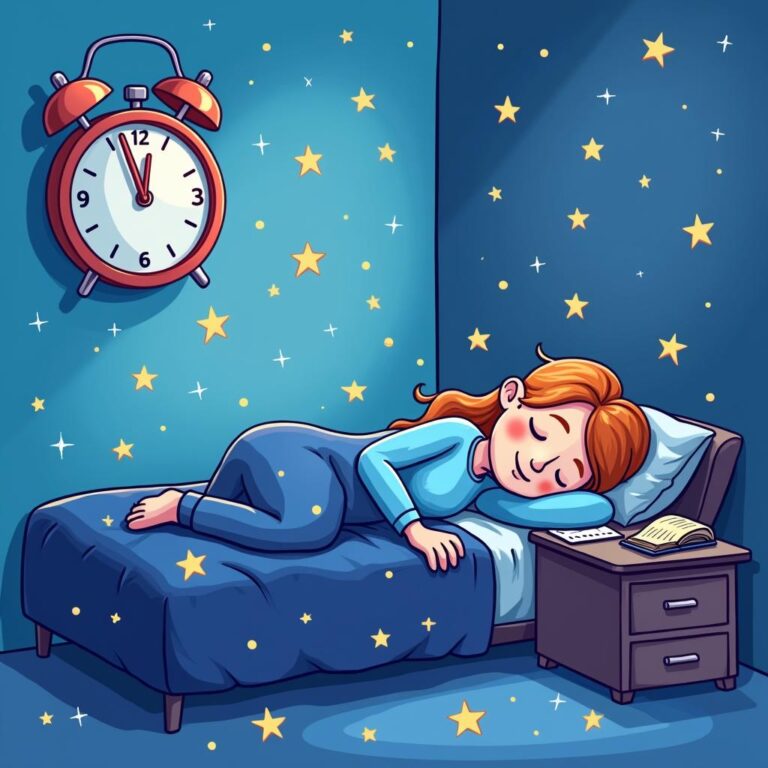In our fast-paced world, finding the right balance between productivity and rest can be a challenge. For those caught up in a whirlwind of obligations, a well-designed nap schedule can provide the much-needed energy boost. In this article, we will explore the best nap schedule for busy days, offering tips to stay revitalized and efficient.
Understanding the Importance of Napping
Napping has been shown to have numerous benefits, particularly for those who lead busy lives. Research indicates that short naps can improve productivity, mood, and cognitive function. For individuals juggling tight schedules, a strategic nap can serve as an effective tool to combat fatigue and promote alertness.
Identifying Your Optimal Nap Time
To create the best nap schedule for your busy days, it is crucial to identify when you feel the most tired. Generally, many people experience a natural dip in energy during the early afternoon, often referred to as the “post-lunch dip.” This is usually between 1 PM and 3 PM, making it the ideal timeframe for a nap.
The Perfect Nap Duration
The length of your nap significantly impacts its effectiveness. According to sleep experts, the ideal nap can be categorized into three main durations:
- Power Naps (10-20 minutes): These short naps provide a quick boost of alertness without entering deep sleep stages, making them perfect for a busy day.
- Moderate Naps (30 minutes): This duration allows you to enter light sleep, which can enhance cognitive function, though you may feel groggy upon waking.
- Full Sleep Cycle Naps (90 minutes): These longer naps allow you to complete a full sleep cycle, improving memory and creativity, but they might be challenging to fit into a hectic schedule.
Crafting Your Best Nap Schedule
Now that you understand the importance of napping and the optimal durations, it’s time to craft a nap schedule that integrates seamlessly into your busy day. Follow these tips:
1. Plan Ahead
On busy days, planning for your naps is crucial. Schedule your naps into your calendar, just like you would with any important meeting. This commitment not only prioritizes your rest but also sets a clear intention to recharge.
2. Find the Right Environment
The environment in which you nap can significantly affect its quality. Aim for a quiet space, away from distractions. Dim the lights, use an eye mask, or block out noises with earplugs or white noise machines. Creating a comfortable and relaxing atmosphere is essential for ensuring you wake up refreshed.
3. Set a Timer
To maximize the benefits of your nap without oversleeping, set a timer for the desired duration. This helps prevent you from entering deep sleep, which can lead to grogginess and may disrupt your nighttime sleep schedule.
4. Experiment with Timing
Everyone’s body reacts differently to naps. Some may feel rejuvenated after a 20-minute nap, while others might need more time to energize. Experiment with different nap lengths and times to find your ideal fit. Keep track of how you feel post-nap to refine your schedule further.
Tips for Staying Energized Post-Nap
Waking up from a nap can sometimes be disorienting. Here are some tips to help you transition smoothly:
- Stretch: After waking, take a moment to stretch your body. This physical activity can increase blood flow and help you shake off any remaining sleepiness.
- Hydrate: Drinking a glass of water post-nap can help refresh your system and combat any dehydration that may contribute to fatigue.
- Light Exposure: Try to expose yourself to natural light after your nap. Sunlight helps regulate your circadian rhythm, signaling your body to stay alert.
Integrating Naps into a Busy Lifestyle
Incorporating naps into your routine may require some adjustments, especially if you’re used to non-stop productivity. Here are a few strategies to help integrate napping into your busy lifestyle:
1. Communicate with Colleagues
Let your coworkers know about your napping schedule. By doing so, they will understand your need for short breaks and can help create a supportive environment. This can reduce any guilt associated with taking time for yourself.
2. Use Your Breaks Wisely
If your work schedule allows it, utilize your breaks for quick naps. Even a 10-minute power nap can be rejuvenating. If a dedicated space for napping isn’t available, find a quiet corner, close your eyes, and focus on relaxing your mind.
3. Prioritize Sleep at Night
While napping can greatly enhance your energy levels during busy days, it’s also important to practice good sleep hygiene at night. Ensure you’re getting adequate rest during the night so that your naps can supplement rather than replace your nightly sleep.
Conclusion
Developing the best nap schedule for busy days is essential for maintaining energy and focus. By understanding the optimal time for naps, experimenting with different durations, and integrating rest into your daily routines, you can effectively boost productivity while ensuring your body receives the rejuvenation it needs. Remember, the goal of napping isn’t merely to catch up on sleep but to recharge so you can face the challenges of a busy day head-on.







